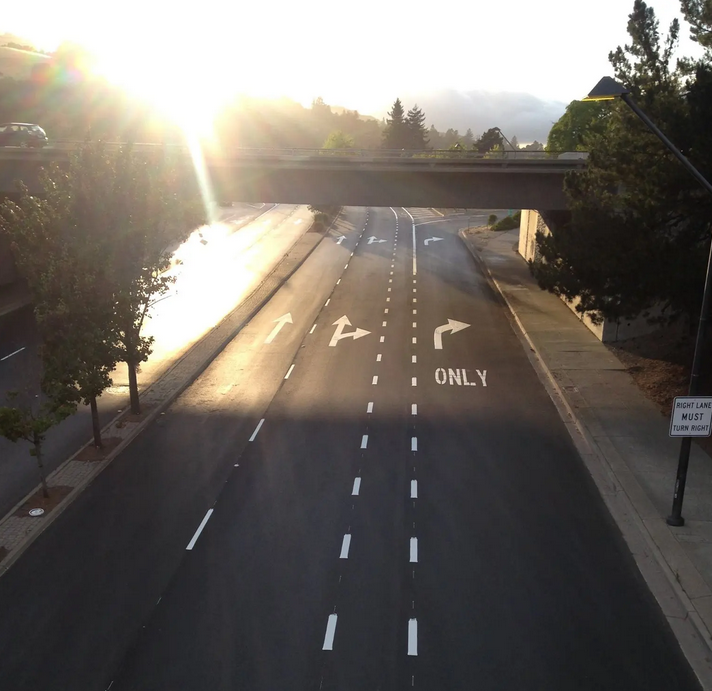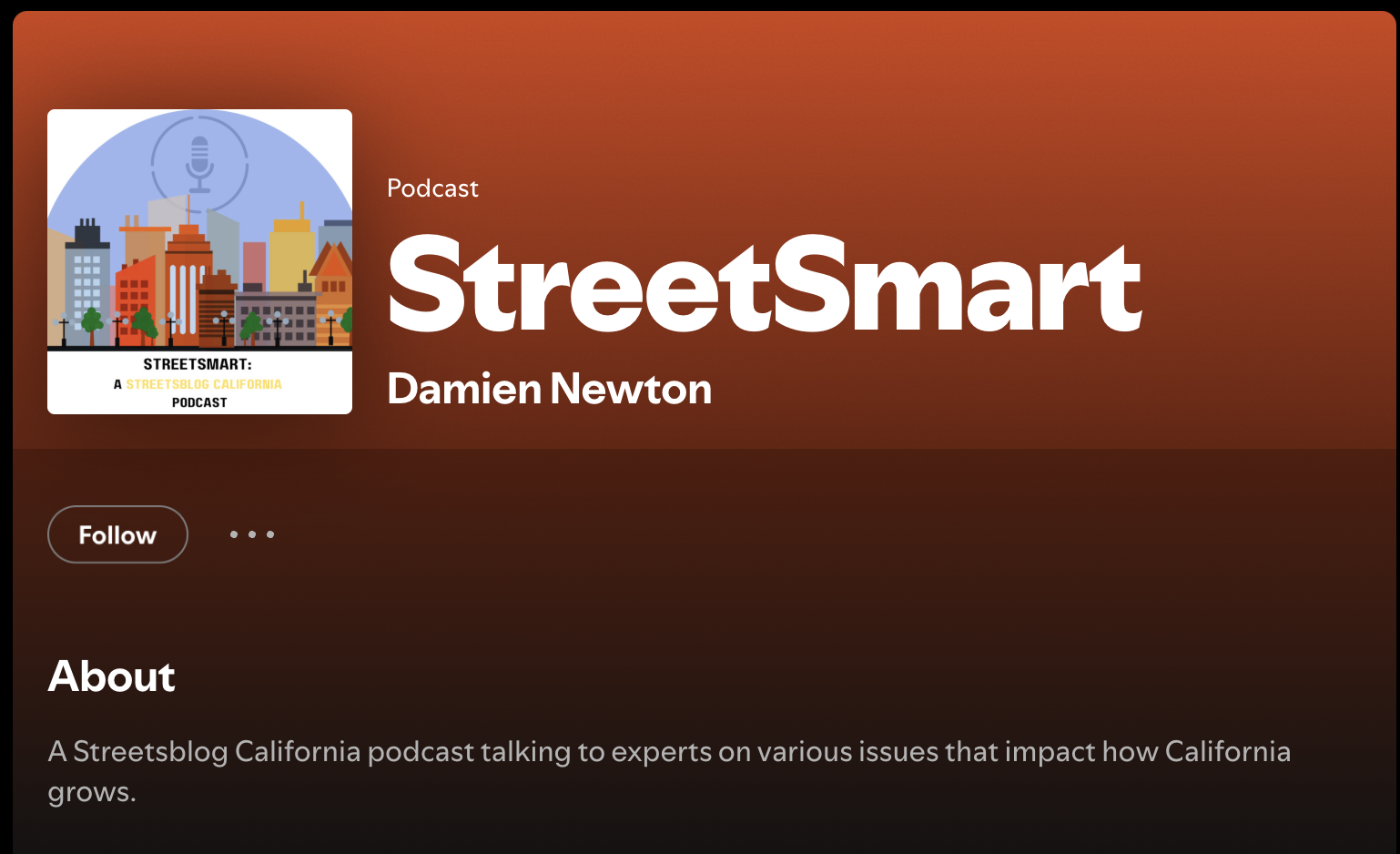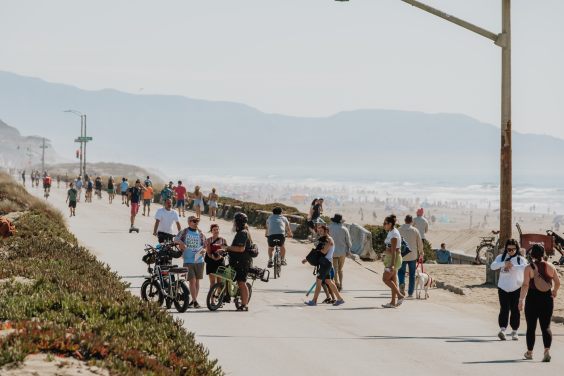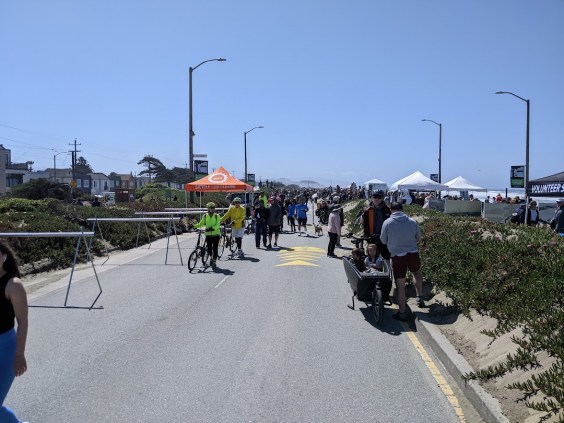Caltrans has long promised to develop guidelines for building complete streets. The guidance is close to being released - but somewhere along the way, highway interchanges were exempted from them.
This exemption is a really big one. Even though cities and counties typically rely on Caltrans guidance on their own streets, they are not required to. And Caltrans only officially controls the state highway system - so it's unclear how much of the state system will be covered by the new complete streets guidelines.
For at least four years - ever since Governor Newsom vetoed a bill that would require Caltrans to design and build safe streets - Caltrans has been developing guidelines for "complete streets." According to the most recent state Active Transportation Plan, Design Information Bulletin 94 (DIB-94) "will provide contextual complete streets guidance with respect to community needs and desires, geographic and topographic information, and development and land use patterns (“place types”). The DIB will make recommendations on bike facility types for urban, suburban, and rural main streets."
In May, Caltrans Director Tony Tavares said DIB-94 was "available for public comment." But it's still not on the Caltrans website. Caltrans has said it is "still being reviewed" but hasn't provided a timeline for its release.
Advocates who have been working with Caltrans on its Walk and Bike Technical Advisory Committee received regular updates on the document, and they say the bulletin is nearing completion. "The latest DIB is exactly the type of guidance we need in California to realize Caltrans’ and California State Transportation Agency’s (CalSTA) Complete Streets vision; meet climate action goals; and create a cleaner, safer, more equitable, and more connected active transportation system for all users," writes Jared Sanchez, Policy Director with the California Bicycle Coalition, on its blog.
However, a last-minute change - which according to members of the technical advisory committee came as a surprise - created this major exemption for highway interchanges, including on- and off-ramps. These are some of the most dangerous places for people on foot and on bikes.
Absent standards, rules, or guidance for road design at interchanges, people trying to get around without a car will either be forced to navigate unsafe crossings or be cut off from anything on the other side of the highways.
"In other words, on any local street that interchanges with a freeway, arguably the most dangerous part of the transportation system, safety upgrades at the interchange are not required and won’t be added without a lengthy additional process," writes Sanchez.
And, he notes, this would make it difficult to impossible to create connected bikeway networks in many communities, thus pretty much guaranteeing low bike use.
The California Bicycle Coalition and other advocates are working to change this before DIB-94 is finalized. They have written a letter to Caltrans - available to read here - and are asking people to sign it in support.
More information and details can be found at the CalBike website.






